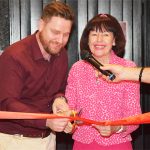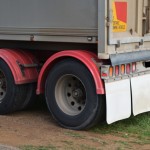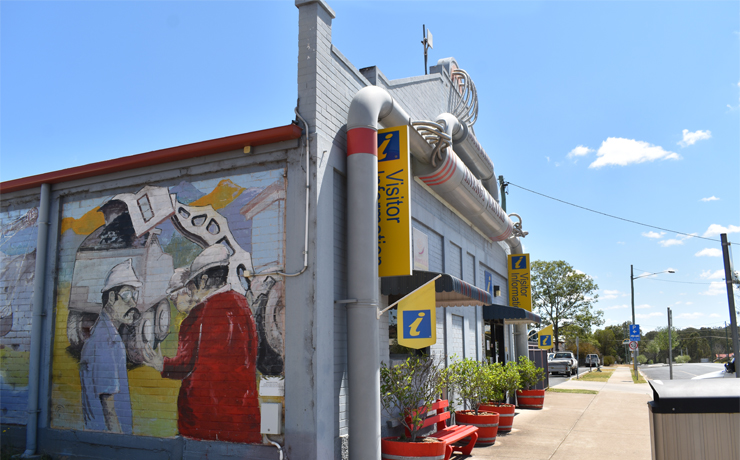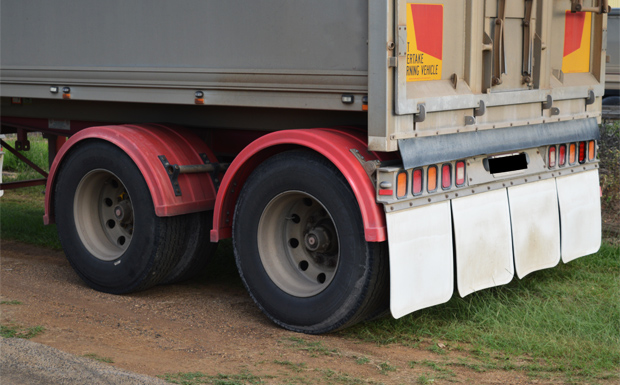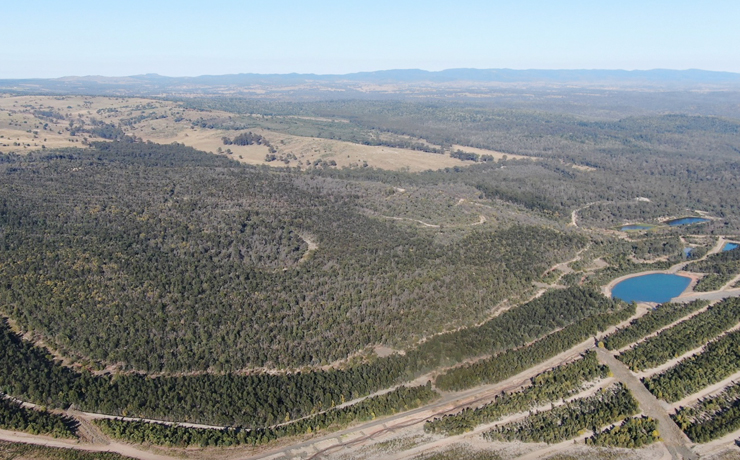
January 22, 2022
The Department of Environment and Science has certified another 153ha of former mining land at Meandu as “rehabilitated” back to native bush, but future ex-mining land could also be turned over to grazing or forestry.
A Stanwell spokesperson said this latest certification was the largest native vegetation rehabilitation area approved in a single application in Queensland.
The spokesperson said the latest area forms part of a total of nearly 600ha which has been rehabilitated at the Meandu coal mine since 1989.
Chief Executive Officer Michael O’Rourke said rehabilitation was an essential part of responsible mining.
Stanwell’s environmental team worked closely with regulators to restore a native ecosystem consisting of species best suited to the local climate and conditions.
They planted a seed mix made up of 25 native tree, shrub and groundcover species and 10 native grasses.
It took the team between seven and 23 years, since the time of seeding, to develop a matured rehabilitated site that was safe, stable and sustainable.
“Our progressive rehabilitation approach at Meandu Mine minimises the active area of our mining operations at any point in time and ensures that land can be successfully returned to a native eucalypt woodland, similar to the Yarraman State Forest and Tarong National Park bordering the site,” Mr O’Rourke said.
However, future post-mining land use for rehabilitated areas at Meandu may not be native ecosystem.
Stanwell General Manager Mining Jacob Orbel said Stanwell was also exploring the viability of other post-mining uses following feedback from local landholders.
“Grazing and plantation forestry could potentially form some parts of our future rehabilitation at the site, as they provide local opportunities for commercial operation of the land after mining,” he said.
“Feedback from our community has also led to the consideration of retaining some access tracks and water storage infrastructure on site for post-mining land use.
“Our people work and live in the communities in which we operate. They care about ensuring a high standard of rehabilitation is delivered so that a proud legacy will endure when the time comes for life after mining.”









